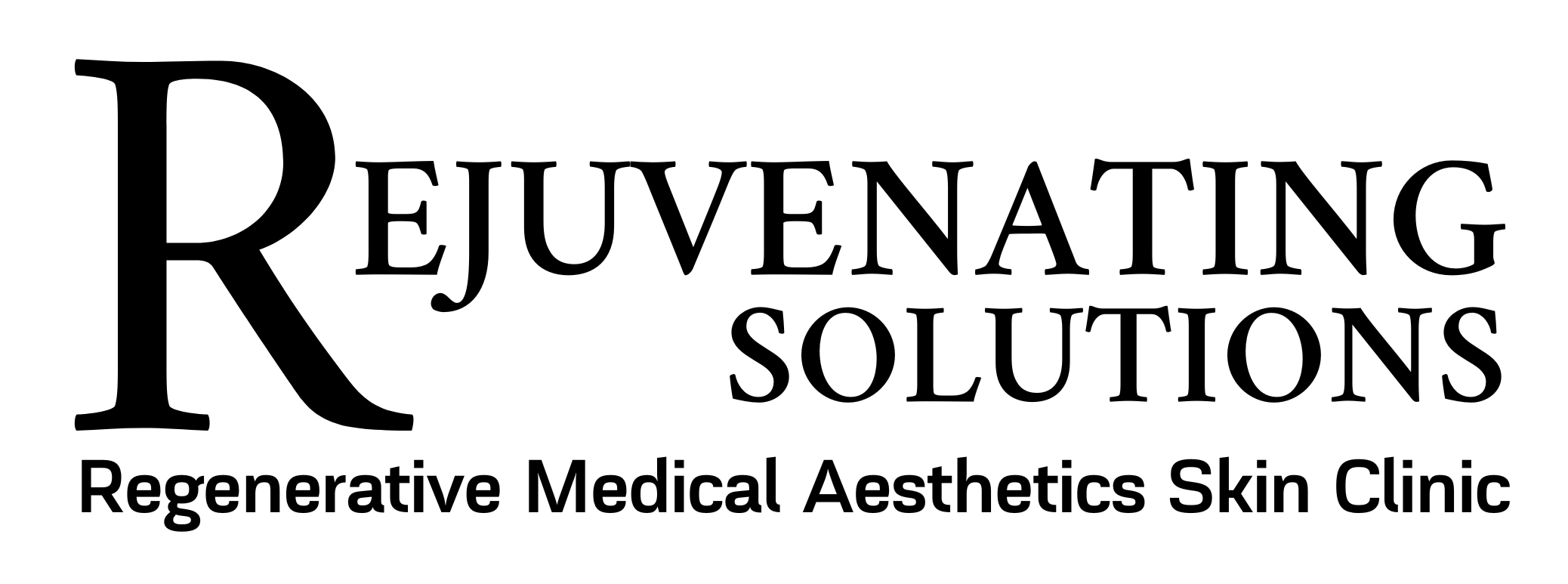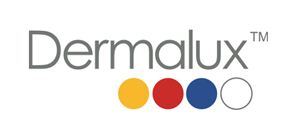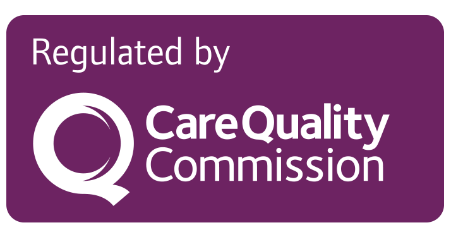The number of treatments can vary with age, skin type and condition. With LED Phototherapy the results are cumulative and improveThe number of treatments required depends on the patient’s age, skin type, and the condition being treated. A course of treatments taken in succession is typically recommended to achieve the desired clinical outcome. Your practitioner will create a personalised treatment plan during your consultation, which will include the recommended number and frequency of sessions.ment will continue even after the treatment has stopped. Treatments taken in quick succession will achieve optimum results, and maintenance treatments may also be recommended. Furthermore, as phototherapy does not harm the skin, there is no limit to the treatment you can get. An individual treatment plan will be discussed during your consultation.









